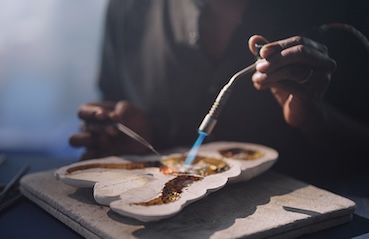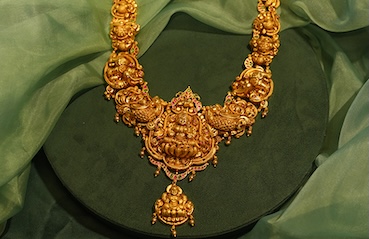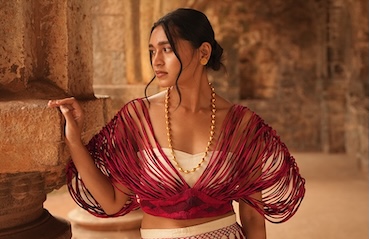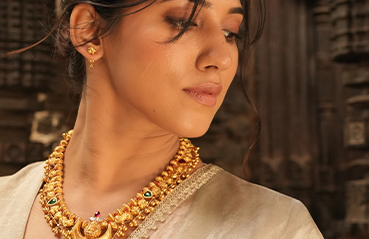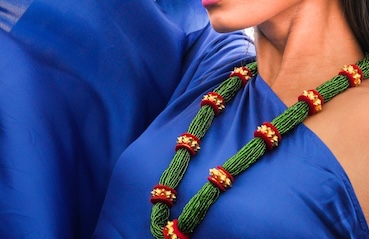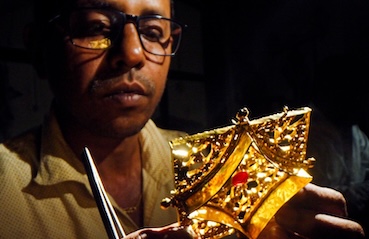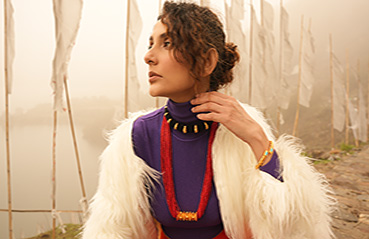Published: 04 Sep 2017
The origin and history of Paithani sari
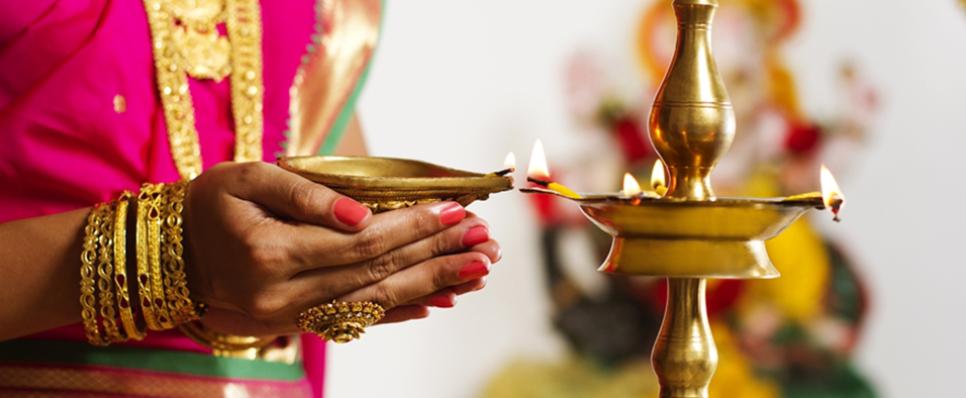
The Paithani sari tells a tale that is deeply rooted in history. It is a story with a 2000-year legacy, tracing back to the dawn of the Deccan Civilisation – a tale of silk, zari, elegance and grandeur – a tale of tradition. Born in Paithan, Maharashtra, on the banks of the Godavari River, Paithani was cultivated under the Satvahana Dynasty in 200 BC.
Woven entirely on handlooms, Paithani is an ancient form of tapestry – the union of rich fabrics, vibrant colours and intricate designs woven with gold. Originally made from gold and silk, Paithani saris can take anywhere from 18 to 24 months to make, and are admired far and wide. The creators of this beautiful golden woven fabric first traded it to the Romans in exchange for gold of equal weight, according to UNESCO.
In fact, the Satavahanas kings were the first to take advantage of foreign trade opportunities for saris and dispatched a number of ambassadors to western countries, in order to understand their tastes in fabrics, according to the Ministry of Textiles, Government of India.
The rich tributaries of the Godavari brought Paithan mineral wealth, fertile soil and forest resources that contributed to the cultural advancement of Paithani saris. From Aurangzeb - the 17th Century emperor of the Mughal empire, who helped bring Paithanis back to glory and established the art as fit for royals, to the Nizam of Hyderabad and the Mughals who introduced new motifs like flowers – the elegant saris have been blessed by decades of Indian influence, culture and tradition.
After the decline of the Mughal era, the Peshwas of Pune once again took the art of Paithani saris under their wing, and helped settle the artisans in a small town near Shirdi. However, with the fall of royal patronage, Paithani art also declined.
Paithani saris were close to becoming Maharashtra’s lost art. Then, in 2016, the Government of India and the Government of Maharashtra came together with weavers to work towards the revival of Paithani weaving. Today, the focus is on export and high-quality garments to help sustain this art form for future generations.
It is a treasure that will leave a lifetime impression – maybe a few generations for its owners, but for India, for centuries.
